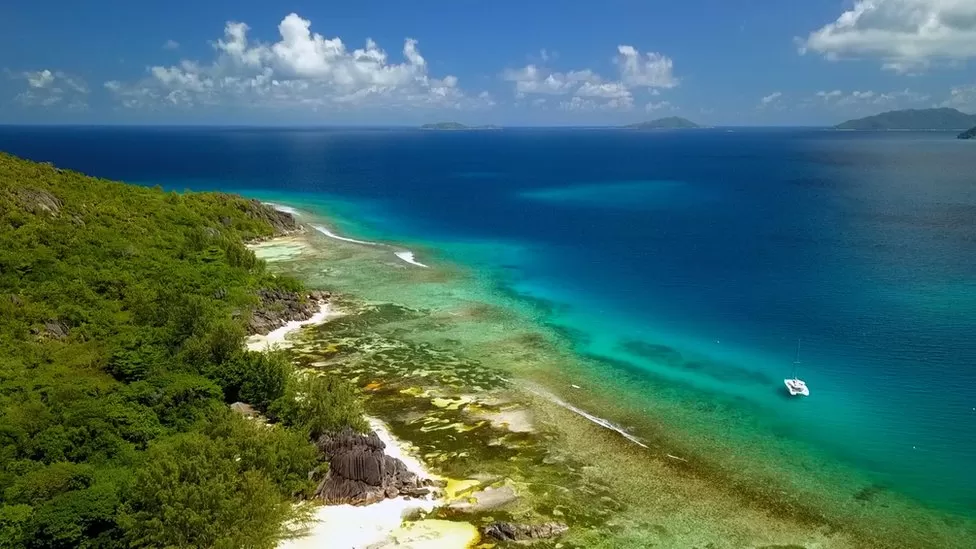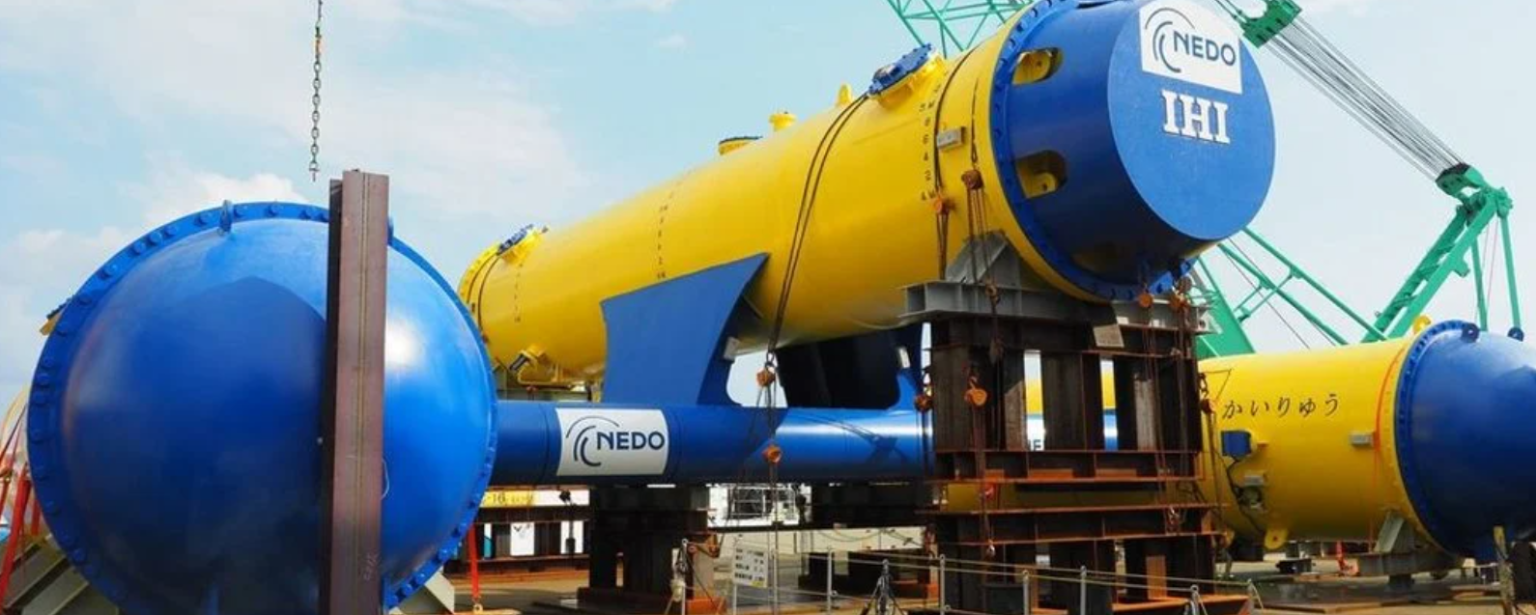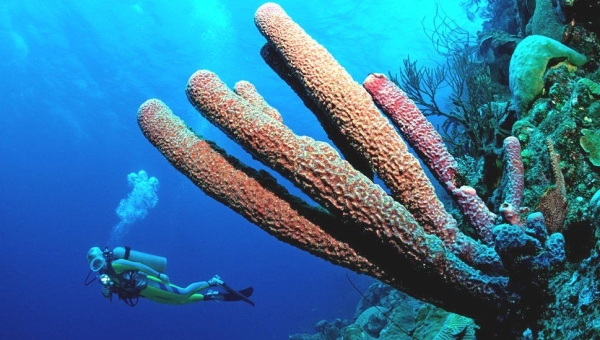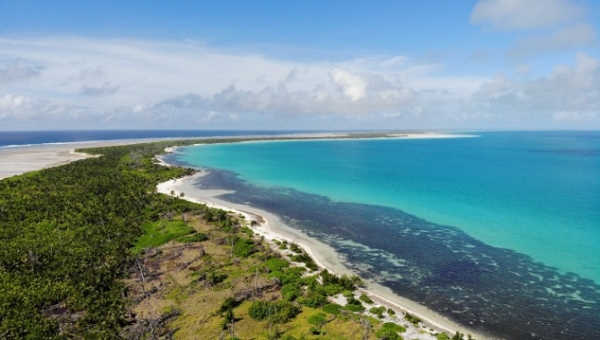Source: Universiity of Oxford
A new study led by the University of Oxford has developed a high-resolution model to quantify the sources of plastic debris accumulating on beaches across the Seychelles and other island states in the western Indian Ocean. The results, published in Marine Pollution Bulletin, demonstrate that most of this waste originates from distant sources and not from the islands themselves.





